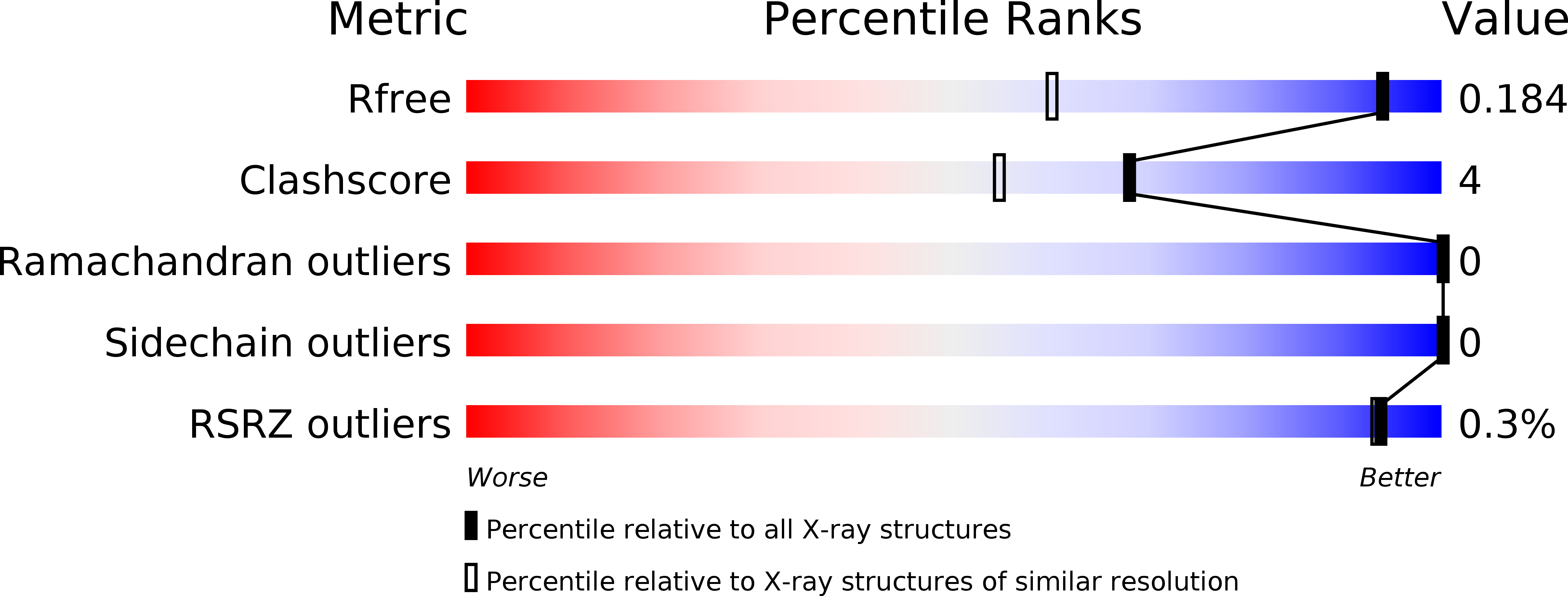
Deposition Date
2017-01-12
Release Date
2017-07-12
Last Version Date
2024-11-06
Entry Detail
Biological Source:
Source Organism:
Marasmius oreades (Taxon ID: 181124)
Host Organism:
Method Details:
Experimental Method:
Resolution:
1.30 Å
R-Value Free:
0.18
R-Value Work:
0.14
R-Value Observed:
0.14
Space Group:
P 63 2 2


